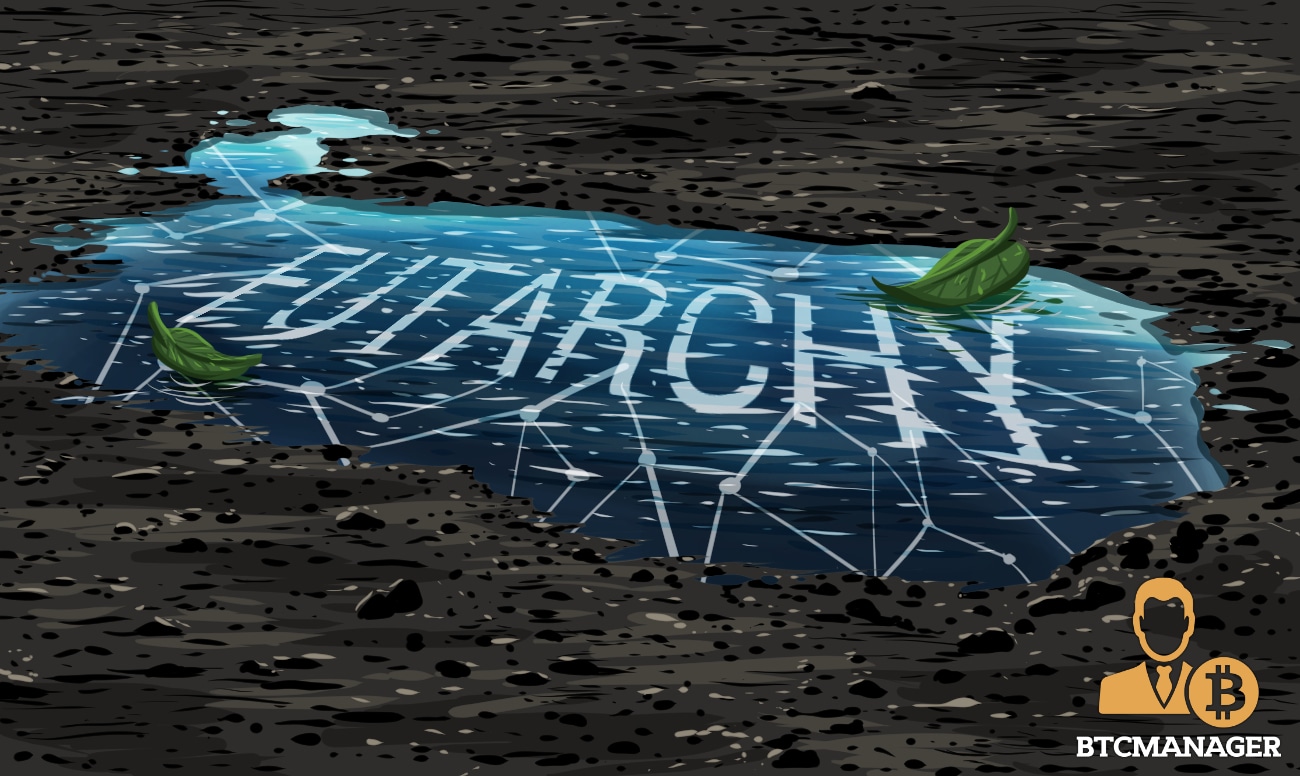Deep Dive into Futarchy

In Aristotle’s words “Democracy is when the indigent, and not the men of property, are the rulers.” The statement was powerful and highlighted that what lies at the core of democracy is the opinion of the people who are all identified equally.
Countries around the world follow the democratic form of government and vote to elect the representatives who make up governments. Elected officials are expected to solve problems for the people who choose them and contribute their hard-earned money to these governments in the form of taxes. But reality stands to be a bit different, unfortunately.
Today, some of these “democratic” governments are no less than wolves in sheep’s clothing. After being empowered by the people, a few governments tend to collect taxes and put the money into projects into which citizens rarely get any transparency. It is often noticed that authorities, in the name of public welfare, often use or embezzle this money despite citizen’s daily struggle and eventually defeats the very purpose of democracy.
Understanding Robin Hanson’s Futarchy
The premise of the idea behind Futarchy was initially put forward by economist Robin Hanson as a futuristic form of government, where he believed that members of this system would vote on values, but would bet on beliefs.
In simple terms, elected representatives would officially define and manage an event or an occurrence measurement of the state’s well-being, while speculators would pick and choose the policies they assume would uplift national welfare.
According to Hanson, it’s the ”dumb” policies framed by governments that create differences in wealth among nations and not the natural resources or human abilities a country possesses. He also believes that there are certain “experts” present among people who beforehand know that these policies would fail, but are ignored by the government that leads to frequent failure in policymaking.
11/ Futarchy solves for informational inefficiencies while retaining democracy’s egalitarian properties, all while automating the process, hopefully making capitalism and democracy more compatible with each other.
— Erik Torenberg (@eriktorenberg) May 17, 2018
Further reading: https://t.co/vjgI9X08h2https://t.co/IlXKvbjoeP
Hanson, in his short manifesto, feels that there is a need to develop a form of government that considers these expert opinions and consistently listens to them as part of policymaking. He cautions that such experts shouldn’t be directly part of policymaking nor put into advisory roles as they would leverage their positions to misuse this opportunity for their benefit.
To accommodate the concept of accepting expert opinions in strengthening the democracy’s policymaking, Hanson put forward the idea of Futarchy. According to Hanson, in a Futarchy, democracy would continue to support contributions from these market experts or speculators by way of betting, which would then shape related policies. According to Hanson, “When a betting market clearly estimates that a proposed policy would increase expected national welfare, that proposal becomes law.”
Being set up on a neutral ideology, Futarchy could take the form of socialism or monarchy, based on what voters need and speculators feel could earn. To establish the principle of this untried form of government, Hanson based his theory on three assumptions.
- Policymaking in democracies flop because the governments do not collate all the available information to draw policy decisions.
- Segregating wealthy nations and poor miserable countries is not a problematic start.
- The best-noted individuals and organizations which have access to the best-aggregated information are selected as experts to form the betting market.
Hanson believes betting markets are the best aggregators of information and are ready to pay anyone who removes biases from these markets. Also, experts have to be careful with their decision as wrong judgments can cause capital loss. He believes that betting markets can easily help in picking up the right policies that reach national welfare calls as they can produce conditional estimates via calling off bets that don’t meet certain conditions.
Vitalik Brings Hanson Futarchy to Blockchain and Doa’s
Vitalik Buterin, a co-founder behind the Ethereum, published a post in 2014 where he discussed how decentralized autonomous organizations (DAO’s) would require a governance model that would be more fluid and generalized so that it could use the ability of people and their desires to contribute to decision making. He suggested that there could be various models of governance which could prove advantageous to the DAO’s and help them improve transparency and efficiency, but he believes Futarchy suits the best.
Vitalik in his post, while explaining Hanson’s theory, calls betting markets as prediction markets and believes they could be used by DAO’s to pick up policies which would best optimize target metrics. Taking prediction markets to the blockchain, a proposal, which has to be approved or rejected, will give birth to two sets of prediction market: One in favor of the proposal and one against it.
Each of these prediction markets would contain a digital asset. If the proposal gets accepted, then all the corresponding trades on the rejection side, for instance, would be reverted. On the acceptance prediction market side, after a wait, everyone would be paid some amount per token based on the Futarchy’s chosen success metric.
The market trading these assets is permitted to operate for some time, and at the end of the policy, the higher average token price is chosen.
The Positives of Futarchy
Futarchy has attracted a lot of controversies since it was put forward, although the theoretical positives are enormous if one can apply them correctly:
- Incentivizing Voters in prediction markets: The voter in today’s world lacks the incentive in the casting of a vote and doesn’t have the zeal to educate himself about the probable harm wrong policies can do to him and the society around him. It is a typical behavior because he is aware that the probability of his vote having any impact on policymaking is next to negligible (estimated at one in one million for the United States National Presidential Election for example). In Futarchy, one is incentivized to share an opinion. Based on the information shared, the results proposal in their favor then they generate substantial profits from it. But if things don’t fall in their favor, they tend to lose the same money.
- Reducing the influence of bad policymakers: As the systems of prediction markets evolve and mature, it itself starts eliminating people who are bad in projecting the outcomes as they tend to lose money every time they are on the wrong side. As this elimination increases, the “bad” predictors in the market get eliminated one-by-one thus reducing their influence on the decision-making process.
- Reduction in personality biases: A voter, being a human, has his own set of preferences. Also, the role of media today, plays a significant role in creating biases in the minds of the voters, sometimes even by twisting stories. This ultimately leads to voters voting based on prejudices and social influence rather than rationally opening a space for error. On the other hand, Futarchy eliminates this space for error by encouraging voters to vote for proposals than personalities, giving birth to the most reclusive and unsocial affair.
- Bringing together public participation and professional analysis: Futarchy allows public participation and professional analysis to go hand-in-hand. When it comes to crucial decision making people tend to believe more in professionals and experts operating in that field than a bureaucrat or a political leader. Futarchy allows firms or individuals to incorporate their key findings in the decision by buying or selling in the market and earning profits based on conflicting information.
The Negatives of Futarchy
Like everything, Futarchy isn’t the perfect way to proceed ahead despite the litany of positives. One will have to understand what’s not correct with the setup and how they can hamper future decisions towards policy making.
This kind of system has already been condemned by Mencius Moldbug who considered Futarchy as a “retarded” approach, and Paul Hewitt says Futarchy has no chance of being a successful governance model and calls it a hopelessly flawed concept. The points put forward by the two are summarized below:
- Manipulation by a single entity: Despite everything taken care of, the model still doesn’t provide enough protection against manipulation by a single powerful entity or coalition. If a group of people or entities come together, which plan to see a particular result, they would begin hoarding the “yes tokens” and start shorting the “no token” in the market, thus pushing the token prices in favor of a particular outcome thus manipulating the whole system.
- People follow price trend than information: It has been seen so many times that people are buying because they see others are buying despite little informational support behind their decision and heavy reliance on recommendation and references. Also, most people do not have enough sources to find correct and accurate information. As such, they fall short of being good aggregators of information.
- Prediction market results could be highly uncorrelated: The effect of a policy on a global metric might be minuscule compared to the noise of uncertainty in what the value of the metric is going to be irrespective of the policy being applied, especially in the long term. This will leave the prediction market results uncorrelated.
Why Do we Need Futarchy?
As the concept has its pluses and minuses, it is still essential to have a framework like Futarchy. As we all are aware that cryptographic protocols and blockchains are better than centrally managed systems, Futarchy levels up the blockchains towards the more efficient decentralized world. Even though the system has similarities with blockchain-based organizations which follow a democratic framework of governance, it stands out on a few points.
- It makes it highly difficult for malicious executives or organizations managing the funds to influence and cheat both communities and society for its short-term gains.
Final Words
Futarchy is not a perfect, failure-proof model and has its own set of pitfalls of which were outlined above. But when these pitfalls are assessed in comparison to the current existing governance systems, Futarchy does stand out in some instances. Futarchy is a definite improvement over the status quo democracy that is ruled by a few centrally mechanized systems and organization.
Futarchy’s primary target is to solve the systematic failure of information circulation.
Those who hold information today, are rarely the ones in charge of making decisions, thus resulting in inferior policymaking. Futarchy’s main aim is to solve problems arising from an information economy. It has its flaws, issues, and potentially grey areas, but all enhancement lies in a solution being better, not necessarily perfect.












